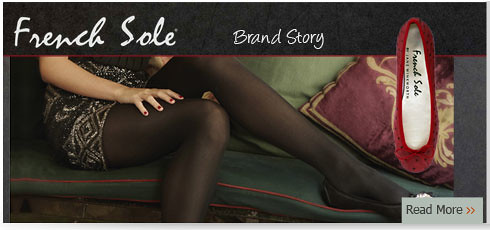


 With the development of a new silver ink, Xerox scientists have paved the way for commercialization and low-cost manufacturing of printable electronics. Printable electronics offers manufacturers a very low-cost way to add "intelligence" or computing power to a wide range of surfaces such as plastic or fabric. This development will aid the commercialization of new applications such as "smart" pill boxes that track how much medication a patient has taken or display screens that roll up to fit into a briefcase.
With the development of a new silver ink, Xerox scientists have paved the way for commercialization and low-cost manufacturing of printable electronics. Printable electronics offers manufacturers a very low-cost way to add "intelligence" or computing power to a wide range of surfaces such as plastic or fabric. This development will aid the commercialization of new applications such as "smart" pill boxes that track how much medication a patient has taken or display screens that roll up to fit into a briefcase."For years, there's been a global race to find a low-cost way to manufacture plastic circuits," said Paul Smith, laboratory manager, Xerox Research Centre of Canada. "We've found the silver bullet that could make things like electronic clothing and inexpensive games a reality today. This breakthrough means the industry now has the capability to print electronics on a wider range of materials and at a lower cost."
Until now, bringing low-cost electronics to the masses has been hindered by the logistics and costs associated with silicon chip manufacturing; the breakthrough low-temperature silver ink overcomes the cost hurdle, printing reliably on a wide range of surfaces such as plastic or fabric. As part of its commercialization initiatives, Xerox plans to aggressively seek interested manufacturers and developers by providing sample materials to allow them to test and evaluate potential applications.
Integrated circuits are made up of three components - a semiconductor, a conductor and a dielectric element - and currently are manufactured in costly silicon chip fabricating factories. By creating a breakthrough silver ink to print the conductor, Xerox has developed all three of the materials necessary for printing plastic circuits.
Using Xerox's new technology, circuits can be printed just like a continuous feed document without the extensive clean room facilities required in current chip manufacturing. In addition, scientists have improved their previously developed semiconductor ink, increasing its reliability by formulating the ink so that the molecules precisely align themselves in the best configuration to conduct electricity.
The printed electronics materials, developed at the Xerox Research Centre of Canada, enable product manufacturers to put electronic circuits on plastics, film, and textiles. Printable circuits could be used in a broad range of products, including low-cost radio frequency identification tags, light and flexible e-readers and signage, sensors, solar cells and novelty applications including wearable electronics.






 6:55 PM
6:55 PM
 Fibre2Fashion Blogs
Fibre2Fashion Blogs








